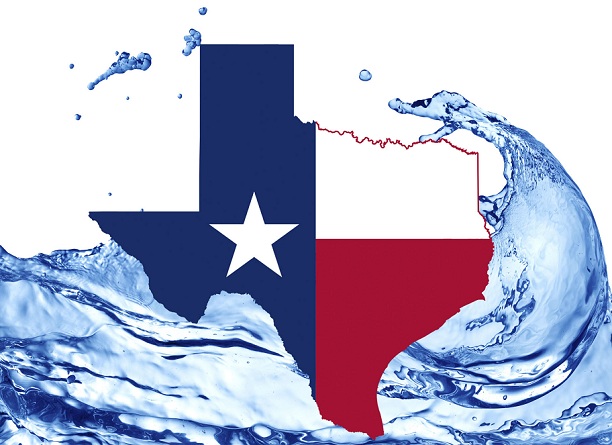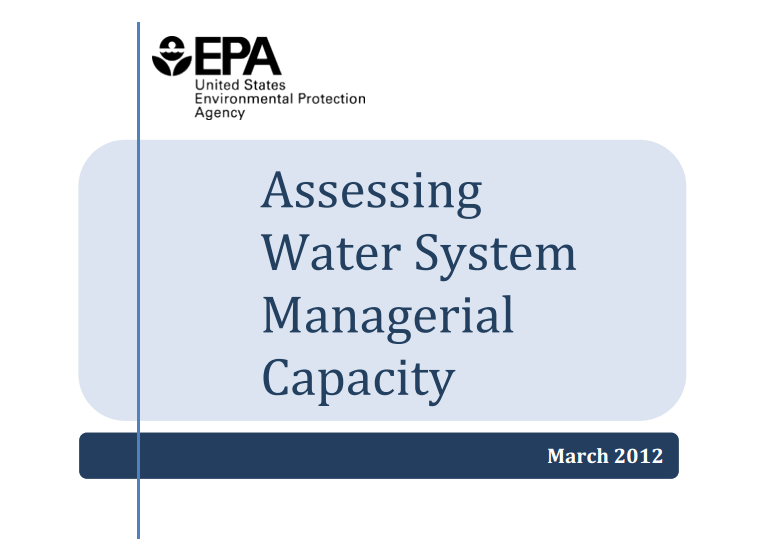Restoration and protection of wetlands is one of the four core elements of a wetland program, as defined by the U.S. Environmental Protection Agency. Some restoration and protection takes place through wetland regulatory activities, such as during the 401 certification of a development project that disturbs a wetland. In other cases, wetland restoration and protection is voluntary—restoring and protecting the wetland is not tied to a specific regulatory activity but is desired to achieve overall water quality goals. If that wetland is on public land, the unit of government that owns the land can, if funds are available, protect it.
But what about wetlands and other water quality features that are on private property? How can a unit of government encourage the voluntary protection of those crucial water quality features?









